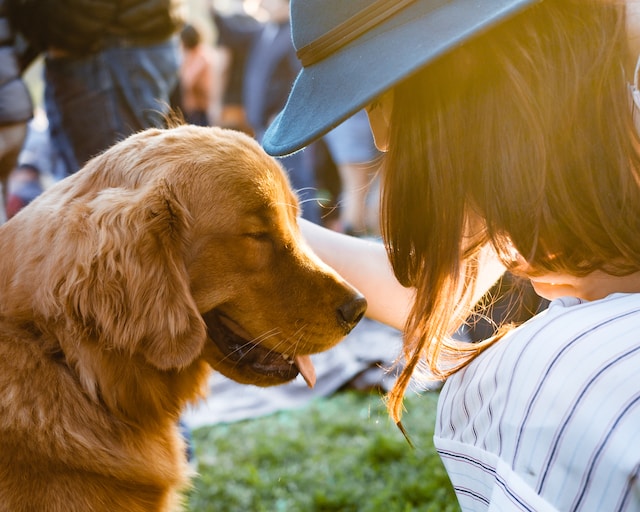Training a dog is not just about obedience and discipline; it’s also about building a strong bond between you and your furry friend. Dogs are incredibly smart and eager to please their owners, which makes training a fun and rewarding experience. However, it can be overwhelming for first-time dog owners to know where to start. That’s why we’ve compiled a list of the top 10 training tips for dogs. From positive reinforcement to consistency, these tips will help you train your dog and strengthen your relationship with them.
1) Start early

The best time to start training your dog is when they are a puppy. Puppies are more receptive to learning and are like sponges when it comes to absorbing information. By starting early, you’ll be able to build a strong foundation of good behavior and set expectations for your dog’s behavior early on. It’s important to note that it’s never too late to start training your dog, but the earlier you start, the better.
2) Be consistent
Consistency is key when it comes to dog training. Stick to a regular routine and use the same commands and rewards every time. This helps your pooch learn faster and reduces confusion. Avoid changing your approach mid-training, as it can cause setbacks and prolong the process. Remember, your dog is learning from you, so be a reliable and consistent trainer.
3) Keep it short

Training sessions should only last about 10-15 minutes to keep your dog’s attention focused. Anything longer may lead to boredom or frustration. It’s better to have short, frequent sessions than long, infrequent ones. Keep it fun and end on a positive note.
4) Reward often
When it comes to dog training, rewards are key. But it’s not just about rewarding your dog at the end of a successful training session. It’s important to reward often throughout the training process, even for small accomplishments. This can help keep your dog motivated and engaged in the training process. Remember to use treats or praise that your dog finds rewarding, and be consistent with your rewards so that your dog learns what behaviors are expected of them.
5) Get the whole family on board

Training a dog is a team effort, and everyone in the household needs to be on board with the training plan. This means establishing clear guidelines for everyone to follow and ensuring that everyone is consistent in their interactions with the dog. When everyone is on the same page, the dog will be less confused and more likely to learn and respond positively to the training.
6) Avoid punishment
It’s important to remember that punishment can actually harm the training process and damage the bond between you and your dog. Instead, focus on positive reinforcement to encourage good behavior and redirect bad behavior. Reward the behaviors you want to see and ignore the ones you don’t want. Punishment may seem like the quick fix, but in the long run, positive reinforcement will yield better results.
7) Be patient

Training a dog takes time and patience. Don’t expect your furry friend to learn everything overnight. Dogs learn best when they are relaxed and not under stress. So, take things slowly and be patient. If you become frustrated, take a break and try again later. Remember, it’s not about how quickly your dog learns, but rather about building a strong bond between you and your furry companion.
8) Use positive reinforcement
One of the most effective ways to train your dog is through positive reinforcement. This means rewarding good behavior with treats, toys, or praise. When your dog does something you want them to do, immediately give them a reward so they associate that behavior with something positive. It’s important to be consistent with positive reinforcement and avoid punishing your dog for bad behavior. Remember, positive reinforcement works better than punishment and will make training a more enjoyable experience for both you and your furry friend.
9) Be prepared for setbacks

Training a dog can be a challenging process and setbacks are bound to happen. It’s important to remember that your dog is a living, breathing being with their own thoughts and feelings, and sometimes they won’t always get things right on the first try. Stay patient, adjust your approach if needed, and don’t get discouraged. With persistence and consistency, you’ll eventually get your pooch on track.
10) Have fun!
Remember to make training sessions enjoyable for both you and your furry friend. Use games, treats, and plenty of praise to keep things fun and engaging. When you both have a good time, you’ll both look forward to training sessions and be more motivated to continue learning.



